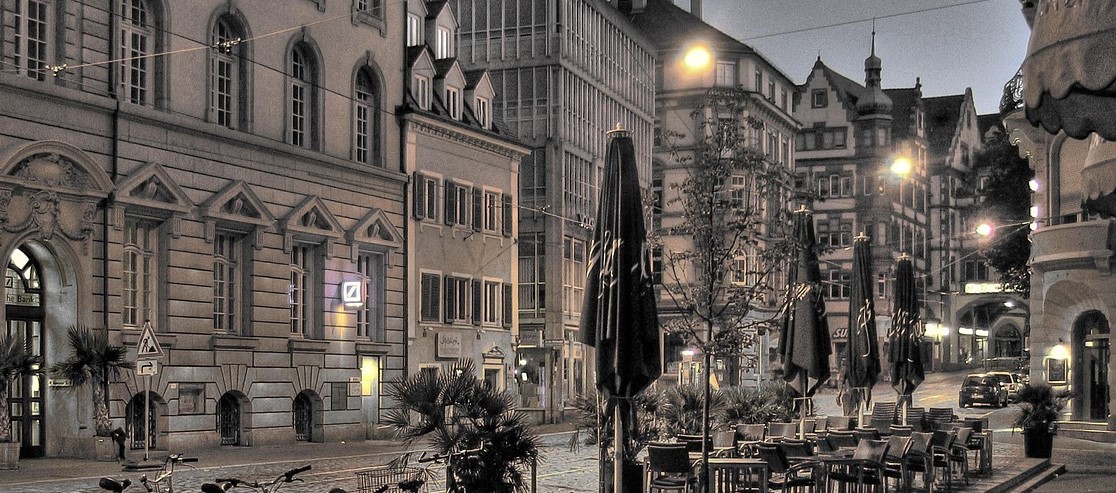Guide to a professional editor
Many of the photographs we see on the internet are terrible photos with hilariously awful retouching. But it’s irritating much more when somebody who is generally talented spoils a good shot by over-editing it through photo editing tools for pc. The goal of photo editing would be to improve, not to overshadow, your photograph. An over-processed image is just like a lady who has put on so much cosmetics; despite how pretty she is, all people will notice is the slathered horror. So we will go through some pointers and knowledge that will help you improve your photos rather than ruin them.
Per a poll taken, 68 percent of respondents modify their photos before sharing them with others or posting them online, so why not do it right?
Besides, a whopping number of people, especially those involved in photography professionally and been snowed under with lots of photo sessions, frequently order image retouching services.
Do’s of photo editing
– Shoot in RAW mode
You are not a pro if you’re not shooting RAW. RAW files haven’t been processed yet, which means there’s a lot of info that you can deal with. You may fine-tune the brightness, color temperature, and a zillion other settings in the Raw Image panel. If your documents begin as JPG images, you have significantly less influence over your end outcome. RAW data appears larger on your memory cards, and you will require the application to view and modify them.
– Use Professional Software
Without professional photo editing software, you won’t make professional photographs. If you’re passionate about your profession, you’ll need to spend on the appropriate tools such as Luminar AI.
– Lightly tread
It is often preferable to under-edit rather than over-edit. Don’t do it unless you’re not sure if such an edit is necessary. Avoid making any changes that aren’t required. Photo editing’s purpose is to create a picture that appears as if it’s not been touched at all.
– White Balance should be adjusted
The term “white balance” refers to color levels rather than exposure. If you consider it unappealing or odd, you may modify the white balance to correct a picture’s overall tint.
– Sharpness may be adjusted
Sharpening a picture provides it with a more apparent, sharper appearance. Several sharpening tools are available in many applications. Begin by setting the general sharpness level. Begin with 50%, then modify the amount side to side to achieve the desired sharpness.
Don’ts of photo editing
– Avoid gimmicks
The best photo editing software will be of no use if you excessively use lens flaring, selective coloration, glitter, bokeh lighting, severe vignettes, artificial HDR. All of that stuff serves to detract from the picture you’ve worked so hard to create. Avoid framing your photos!
– Avoid blurring
That’s not to imply you shouldn’t fix up a person’s complexion or face sometimes. However, you must ensure that you remain genuine to your topic when removing imperfections and minor skin disorders. Avoid using the blurring tool. Blurring pixels would only serve to emphasize the problem location while obliterating all pixels for that region.
– Don’t crop too much
The picture in the digital format is made up of a limited pixel density. You risk having a too tiny file to show adequately if you cut too much of it away. Carefully assess how many bits you have remaining if you reduce radically.
– Don’t put excessive HDR
Done with sensitivity, HDR merely compensates for your device’s shortcomings by simulating what the sight would experience in a high-contrast setting at the moment. Overdone HDR pictures, on the other hand, mimic cartoons.
– Avoid too much sharpening
Sharpening your picture won’t help you solve a focus problem. If you sharpen the photos too little, they may appear soft—excessively sharpening results in the dreaded pixelation in the image.





